There are some questions that just seem to come up all the time. I’ll highlight some of these questions in a new category of posts here on Ultimate Reloader : Q&A. Here goes our first question:
Equipment, where do I start?
Once a shooter decides they want to reload their own ammunition, one of the important questions they will need to ponder is what type of reloading press they should buy to get started reloading with. There are single stage presses, turret presses, and progressive presses to choose from. There are presses that manually index, presses that auto-index, and presses that don’t index at all. A shooter will typically ponder: “Should I start out simple, or go straight for a more elaborate setup?”.
In the “Info Center” here on Ultimate Reloader (home page, left bar), you will find a few articles that collectively answer most of the considerations for this question:
To summarize what these articles talk about, I’ll start by outlining the tree different types of presses:
The Single Stage Press
A single stage press holds one die, and has a shellholder that holds one shell casing. This press is the simplest type, but is the most time consuming to use typically.
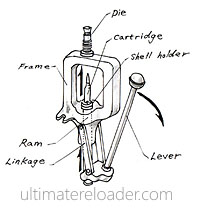
The Turret Reloading Press
A turret reloading press is much like a single stage press, with the exception that on the top of the press, there exists a revolving turret that allows multiple dies to be installed on a press at the same time. Dies can be “indexed” into position (either manually or automatically). The turret press can be quicker to use than a single stage due to the die indexing feature, but is in most ways similar to a single stage.
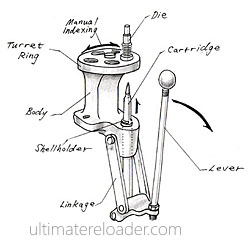
The Progressive Reloading Press
The progressive reloading press is more complex than single stage and turret presses, but offers a much higher throughput rate. These presses take longer to setup, and are more prone to misfeeds, jams, and other stoppages. Progressive reloading presses also require more expensive parts in order to add new cartridges to your reloading portfolio.
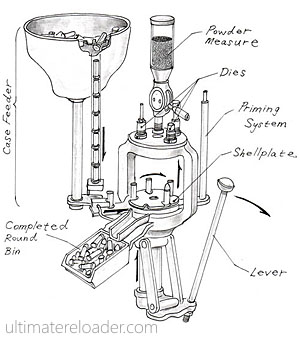
So you may be thinking: Gavin, just tell me what to buy! Well, it’s not quite that simple as most purchasing decisions are not. (Too bad.) Depending on what you plan to load for, your mechanical aptitude, and other factors, there’s a “right type of press” for you. Here, I’ll focus on “progressive versus non-progressive” as those are the two major categories for types of reloading presses.
Take the survey:
Here are reasons that you may want to start with a non-progressive (single-stage or turret):
- You are mainly focused on loading rifle ammunition
- Precision is a primary focus
- You enjoy spending time reloading, and do not feel constrained on time
Here are reasons that you may want to start with a progressive:
- You are mainly focused on loading pistol ammunition
- Speed and quantity are important
- You need to make the most of your time
- You are good at tinkering and fiddling with machines
I do want to underscore one point here: Reloading pistol ammunition on a single stage (and even a turret) takes a lot of time! That’s why I do suggest that first time reloaders start with a progressive if they can take their time, work single rounds at a time (to get started), and they have mechanical abilities. This does not fit everyone, but can certainly be a good way to get started. On the contrary, if you are slow and methodical, starting with a non-progressive could be the right thing for you even if you are loading pistol.
There’s certainly more to it than that, but this gives you some factors to think about. If you do decide to start with a progressive, it would be valuable to have an experienced friend help you get things going. Another idea for first time press owners that have decided to start with a progressive would be to use a friend’s single stage to learn how to load a box of ammo. If you do the “one-box single stage” route, you’ll learn a lot from that experience, and have an easier time getting your progressive up and going. You will also want to watch videos (like the ones on this website) regardless of what type of press you decide to buy.
The best way to get going is to do just that (go for it)! Once you gain momentum and learn the ropes, you’ll have a lot of fun reloading ammunition. Just remember to be safe!
Do you want to submit a question for Q&A? Please leave a comment!
**Follow-up: I’ve posted a “Part II” blog post follow-up that includes a video showing each type of press discussed here!
Thanks,
Gavin

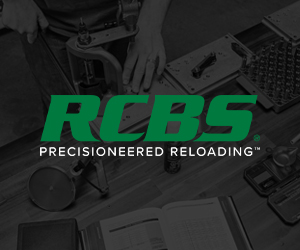
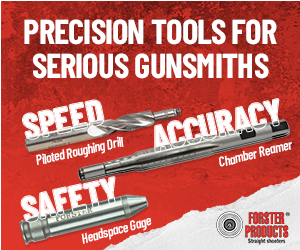
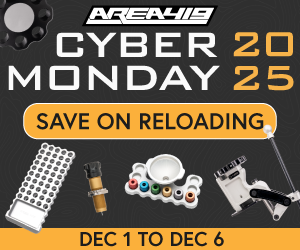
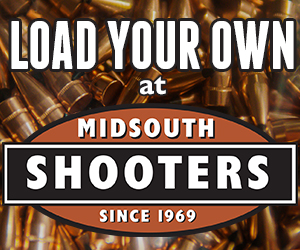


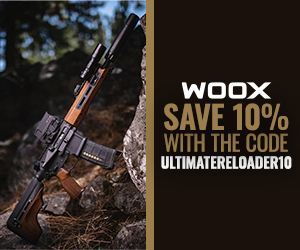

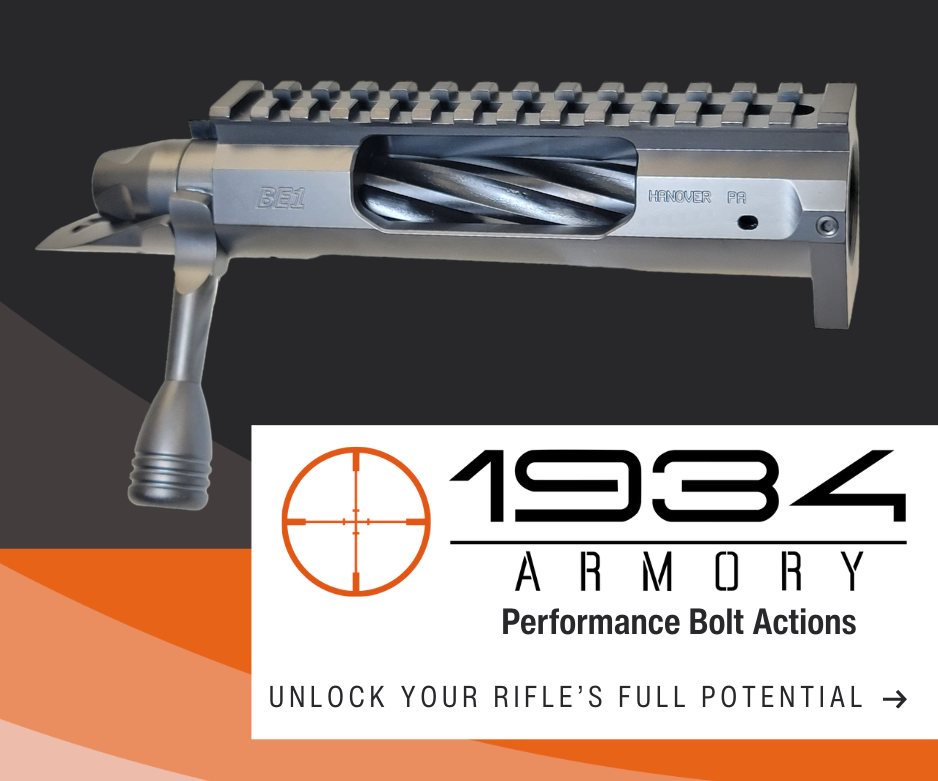






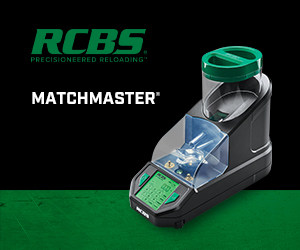
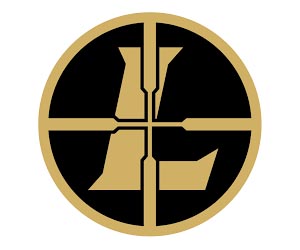




















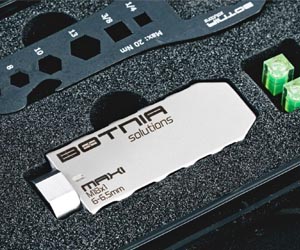





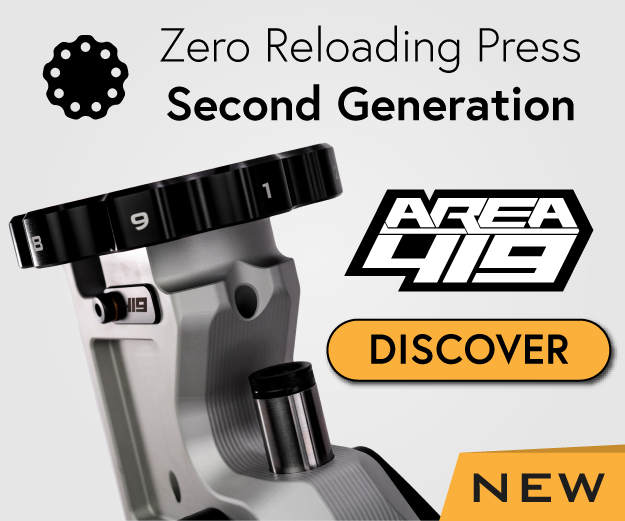
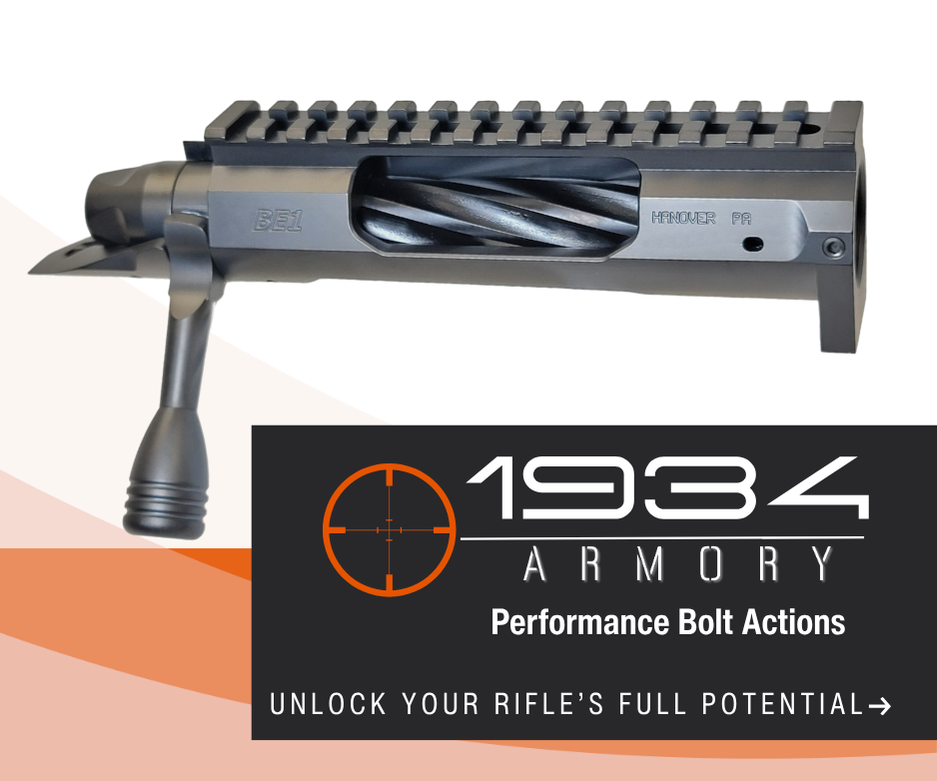

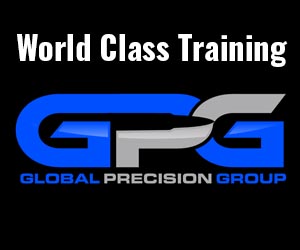
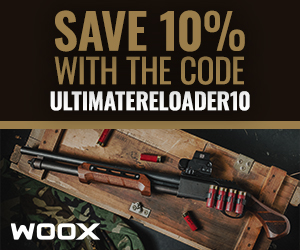



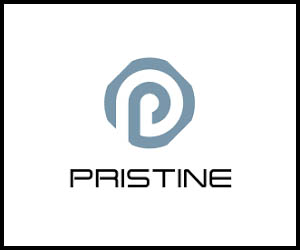





















Gavin,
As someone who has just made most of my precision rifle reloading purchases recently, this is great info and validation for the approach I took.
Two points I’d like to add:
1 – Buy quality equipment so you don’t have to make re-purchases over time
2 – Don’t be stuck to one vendor and try to pick the best tool for the job when reloading.
Keep the great videos coming. I’ve learned tons watching your approach and techniques!
Thanks,
Brian
I’ll say I have to agree- if you buy something cheap to start off with, you may very well have to upgrade later. 🙂
Getting started in reloading, speed is not an issue, expect to load .38 Super, .45 ACP, .223, and .308. Leaning towards a single stage. Big question is; Which single stage, which dies, which powder measure, etc? I’d like the use of the Hornady Lock-n-Load quick change bushings as an anticipated upgrade to the Hornady AP progressive. I also like the Hornady dies, and Redding shell holders. Any inputs on the subject of mixing the best of all of the different brands? Any suggestions on what the dream setup would be and why?
This is a great reloading tool resosurce that you have provided. I send everyone who wants to start out reloading to your site. I started, like most everybody else, with a simple single stage press. It worked fine until I began reloading for pistols. Then I wanted a little more speed but still wanted to be able to reload rifle ammunition. The turret press is a good compromise. It gives you greater reloading speed for pistols and still works fine for your rifle calibers. I settled in on the Lee classic turret press, which is auto indexed. This really speeds up the process. I use three of the auto loading disks, stacked one on top of each other, to get the larger loads for rifle calibers. Lee doesn’t recommend this but I check the loads often to make sure I’m getting the right amount of powder.
I also de-prime prior to cleaning and trimming my brass on a separate press with a universal de-priming die. This way I re-size and prime, expand and fill, bullet seat, and factory crimp using all four die holes. Pretty simple and straight-forward process.
Thanks Dave- good notes on the Classic Turret, I agree!
That is precisely the equipment I use and how I use it. It works for me and I feel I have enough quality control while having the speed to load 100 rounds of pistol ammo in a 1/2 hour, once I get everything set up. Multiple die sets pre-set on their own turret die holder speeds things along.
Michael, for a beginner on a progressive or turret press I would recommend not using the removable turrets right off the bat. Instead I would advise getting used to removing and replacing a die a couple times to get familiar with how to set it up, what to look for in the brass run thorough the die when it is properly set, etc. I say this because there is always some adjustment needed for some factor, and learning how to set and re-set the dies is a quality hands-on learning experience that can’t really be taught well in a book. After beginners are familiar with this, using a replaceable turret becomes a great time saver – if the brass coming out the other end shows that the dies have not shifted over time due to bumps, temperature changes, etc.
I saw in one of your youtube videos that you changed out the factory turrets for extended turrets. Where could I purchase some of those turret extenders.
Sorry for a red dot sight.
Gavin!
Thanks for the awesome work that you do. Much respect! I love your videos. I’ve been handloading on a single stage press for about 3 years. I’ve found that loading pistol can take quite some time. I’m going to invest in a progressive. I’ve been looking at the Dillon RL550b. It seems quality and is in my price range. I went to the Dillon store in Scottsdale and they’re very cool! They have a nice display and they let me run some brass through the presses. After seeing them in person, I became a die-hard Dillon fan. I haven’t bought one yet because I’ve been saving up my money.
A few weeks ago a friend of mine told me that he was the same way that I was (dead set on the Dillon) but he saw the Hornady lock and load ap on sale and got one. I went to his house and we talked and then we loaded about 50 .223’s. Since then I’ve done much research on the Hornady. To be honest, I like a lot of the features that it offers and I’m now leaning towards the Hornady. I have a couple of concerns about it though and I would like to ask for some of your opinions, likes, dislikes. etc. comparing the Hornady and the RL550b since the RL650 is out of my budget. I believe that both are excellent presses and I’d be happy with either. I’m just looking for advise from someone who’s used both.
My concern with the Hornady is the feed pawls (getting out of index or breaking) and the primer feeding reliability. I like the 550 because on station 1, I can see a primer before I put a case in. I can’t see the primer on the LnL because it’s blocked by a case. Have you had any issues with either of these concerns? I have a background in power tool repair and I’m sure I’ll be fine if there’s some light tinkering involved, however I don’t want a press that I have to keep repairing just to be able to use it…
Please let me know. I trust your expertise…
Thank you!
Skeet
Skeet,
I’m a former Hornady LnL owner, and switched to a Dillon 550B. I had the case feeder w. the Hornady, and it caused me nothing but problems. I could never seem to get it to feed brass to the shellplate consistently.
Primers were also a concern, they never quite seemed to feed right. Plus, I couldn’t see the primer before I seated it.
The spring that wraps around the shell plate on the LnL gets a lot of abuse, and will eventually wear out.
Autoindexing proved to be a curse for me. If an error occurs, everything advances before you can correct it, and you end up having to remove every cartridge from the machine to correct it.
Finally, I ended up bending/breaking a lot of parts on the LnL. I’ll take some of the blame for this, but I’ve yet to see how I could break anything on the Dillon.
I got fed up w. the Hornady and sold it on EBay with FULL disclosure of the issues I had. I wished the buyer well, and walked away from the deal w. a clear conscience.
The Dillon has eliminated all these problems. Once it’s setup, it’s very easy to run. It does require a bit of disassembly and light cleaning/brushing out every 1000 rounds or so, but that’s to be expected. I am very happy with the Dillon, and only wish I had spent a little bit more the first time around, and skipped the Hornady all together. Buy Blue, and don’t look back.
Also, for what it’s worth, I bought the extras w. the Dillon (strong mount, bullet tray, empty brass tray, roller handle) and have been pleased with the convenience that each of these add on’s provides.
I bought mine from brianenos.com, he offers free shipping and I think his prices might be a bit lower than direct from Dillon (and no sales tax if you’re not in AZ). Good luck!
Thanks for the input Bill! I’ll definately keep all of this in mind… Have a great day! 🙂
Most of the problems with the LnL are a result of the press not being set up/aligned properly by the owner. If you have problems, a single phone call to customer service at Hornady will get you fixed and running in no time. As for Dillon’s, please don’t assume they are free of problems. Just do a google search “Dillon problems” and you will find TONS of them. Also visit the various shooting boards and you will find an equal amount of problems with their presses, advancing issues, primer explosions, etc. The main reason I didn’t get a Dillon is because of all the powder spillage problems I read about with 9mm. Since that’s the caliber I reload, I chose the LnL instead. It works like a champ.
Bob, unlike you, I’ve NEVER had a problem with either of my Dillon R550 reloading machines. I use one for mostly pistol calibers and over the years reloaded everything from .380 acp up to .44 magnum but none of the oddball calibers in between.
The only time I’ve had an issue has been due to an Operator Headspace and Timing goof on my part.
Years (!) ago when I first started reloading I used a Hornady single stage press and loaded many (!) pistol and rifle calibers on it. I like to think that the slow process forced me to ensure everything was just right and, truth be known, I still use it when I load my serious rounds when I want the utmost in accuracy for hunting or competition ammo. But I also weigh each case, measure before and after sizing, each powder charge is weighted and COAL verified before they ever leave my shop for a hunt or competition.
Long before Hornady came out with their LnL as an answer to the 550 speed and ease of use, I was cranking out thousands of rounds of pistol and rifle rounds on one of my 550’s for general plinking and informal matches and I still do the same today.
And while my only experience with a “turret” press is a Hollywood big ‘un for loading competition and plinking ammo for a .50 bmg rifle, but the prices for the turret and specialized dies are generally out of reach or need for the average reloader, and my setup easily cost me over $2,000.00 but it is a one caliber setup and of no practical need for the typical reloader.
That said, I’ve heard a lot of good about the LnL so I wouldn’t dismiss it as a contender for an upgrade to loading large quantities of ammo, neither would I disregard the Dillon equipment out of hand, either.
It may just be a case of Ford vs Chevy but I don’t think anyone would go wrong when considering buying either brand when it comes time to think about stepping up from a single stage press.
Ideally, someone who is considering going that route would find a couple of friends that have one or the other and ask to be shown and actually try each machine. They might find one brand fits their needs better than the other I terms of user friendliness, ergonomics, cost or ability to quickly.change over parts to reload a different caliber in short order.
Just my $0.02 worth.
Hi Gavin, when do you think you will have the Hornaday LNL handle and bullet tray back in stock?
Hi Gavin,
First let me say I enjoy your website. Just bought the Lee classic turret press and would like to get one of your handles for it. Any idea when you will have more for sale?
Have to agree with what Bill says in his Jan 24th words to Skeet. I had two Hornady L-N-L’s, one with case feeder, and suffered the same problems. I’m not saying Hornady doesn’t make a good product, it just doesn’t fit my likes as does the Dillon 550.
I started without the benefit of a class or another reloader to show me the ropes. My RCBS Rockchucker was slow and laborious but with the help of “The ABC’s of Reloading” along with several manuals, I found myself becoming more and more proficient (and comfortable) to the point that I decided I wanted more output capacity. Saying that, the Dillon 550 and SDB are both at a speed that I feel comfortable with. Having a case feeder, while convenient and speedy, just isn’t something I need to have. I still have the RCBS and have sold the two L-N-L’s.
Great topic. Lots of folks getting into reloading seem to question how deep to start with.
Hmmm…I have two Lee single stage presses…one non progressive Lee Turret press and a Lee hand press…six auto disc powder measures (With swivel feet) for various pistol rounds..all rifle and pistol dies (All but one die set being Lee!!) set up in either three hole or four hole turrets ready to go…three Lee primer pocket cleaners..two Lee deburring tools…two Lee case lenght cutters/studs/various case length gages/many….needed Lee bullet sizers for calibers of pistol bullet I cast with Lee bullet molds…Lee Production Pot IV…I have my Lee non-progressive press set up on a Lee press stand…I live in a small home and I have the stand next to a four tier metal four foot wide rack for storage. I do use a RCBS scale that I have had for many years…I check for accurracy often of course and when I set up a new Lee Auto powder measure…I check to see the amount of grains of powder is dispensed thru the Lee Auto Powder Measure dics single or combo. I spot check the auto powder measure of course. I use the Lee Hand Primer that I have used to reload many thousands of rifle/pistol rounds and that I have had for 20+ years! Oh yes..and a Lee powder funnel I bought 20+ years ago.
If you get set up correctly….a Lee hand press will reload very accurate rifle rounds and did I mention portable?
How about RCBS progressive? I am looking for a progressive that is fast in changing. Going from 9mm to 40 to 45 and to 223 in one day. Any suggestions?
I have to agree with Bill, as well. I had a Hornady L-N-L, with casefeeder, and I had trouble with the priming system and timing. I was mule-headed about making it work, and spent a lot of time on the phone with Hornady techs. I wound up buying a Dillon RL550b, so I could load what I needed while I was trying to work the bugs out of the Hornady. The Dillon just keeps on loading quality cartridges, so I am a believer. I was bummed about the Hornady, because I could never get it to work properly. I know several people who own L-N-L’s, and they do not seem to have anywhere near the problems that I did. It may have just been that I got a lemon, because I have quite a bit of Hornady equipment and it all seems to be top-notch, and works with very little fuss. I have 11 sets of Hornady dies, and the only issue I ever had was with the new die’s bullet seaters being sharp-edged and marking circles around the rifle bullets. This was fixed just by gently polishing the edge of the bullet seater plugs. I have dies, and equipment, from RCBS, Lee, Hornady, Dillon, Forster, and Redding. Everyone of these companies makes products that I really like. My best suggestion to someone new to reloading is: If you can find someone who reloads, have them show you the ropes and try some of their equipment. Most folks are better suited to start on a single stage press, but I know one fellow that started with a Dillon Super 1050, and he doesn’t seem to have any problems. Main thing is to find what you are comfortable with, and take your time; always read / refer to the published reloading manuals, watch all the videos on the subject that you can find, and have fun with it! I find it very satisfying to make my own ammo, and I very much appreciate folks like Gavin sharing their knowledge and experiences with the rest of us. Be safe, and enjoy the shooting sports!
Hi, how do the Forster Co-Ax® Reloading Press compare to the Redding Turret for accurate rifle loads?
Thanks
Ben
I have been reloading for @ 3 yrs… pistol, rifle, shotgun. Have used the Lee Loaders, which work fine, and currently use two single-stage presses. I’m getting into rifle brass reforming, and managed to break my CH single-stage press yesterday, even after greasing the case to be reformed. Thinking if I should get another CH, which I like, or buy a Rock Chucker ? Speed is not a priority – having the heaviest-duty single stage press for reforming brass, and perhaps swagging is desirable.
I’m getting ready to take the plunge and realize that even if I were to purchase a reloading kit that it doesn’t really contain everything I would need to reload, aside from bullets, power and primers. For example brass cleaning, also I’m not sure buying a kit would provide all quality components and I might be better served to purchase components individually to insure I’m getting good quality in every tool. I intend to start with 38’s and .357 mag and then possibly move into rifle calibers. I like the Redding T-7 but am open to opinion but certain that a turret head is the way to go. Anyone have a list of all their favorite stuff and any considerations. Price is a factor but ease of use and safety the biggest. Thanks for your help.
I went ahead and started out with a Lee Classic Turret for my own starter equipment. I wanted to rush out and get a fully setup progressive and drop 1500 bucks right out the gate. Im more than glad I didnt. I reload for revolvers and a few rifles. I like big power and accuracy. I didnt get into this to save time nor money, but to have full control of what I was shooting. Ive played with friends fully automated setups and recently worked an afternoon with competitive shooter. I can say now im glad I didnt jump into progressive. If anything all I want after getting deeper into reloading is a different single stage. If you are looking at where to start … start single stage or turret. Doesnt matter which one. Everyone will say bad things about any press you pick. Start where you can learn about each step and 3-4 ways to do each step. A turret is a semi progressive anyways. The more ive learned about reloading, the more I like to work in batches with each step to perfection.
I am new to reloading, having just completed my second small batch of 45 ACPs using an RCBS single stage. I was very intimidated by all the new tools – the press, the various dies (which was which?) and the press languished on my bench for several weeks before I felt confident to make small explosive devices.
What worked for me using a friend’s hand press – I was able to better conceptualize the processes. I think that if I first bought one of those, I would be able to better decide if I wanted a single stage or progressive set-up for the bench. As it is, I’m sticking with my single stage for a few reasons – but it would have been great to gain an understanding of reloading on the cheap using a portable. Don’t overlook them when giving out advice on where to start!
Hello, Been watching your videos and reading about the progressive presses on the market and I’m still at a loss. I presently have the Lee Classic turret press. I Like the compact size. But that’s about it. The powder measure makes mess and will not do 30-06 (not a big deal) the tool head is so sloppy the I can’t seem to seat bullets to the correct depth consistently (as much as .012). the primer seater hangs up constantly, I’ve honed all the edges with an india stone. The primer disk thing is cheesy at best. It doesn’t release a primer a lot of the time. I got what I paid for, a plastic pile of junk.
Anyway, I got that off my chest. So I’ve been looking at the Hornady LnL ap. However, I have read a ton of horror stories. Most of them about the primer system and a lot about indexing. So then I looked at the Dillon 550 and the 650 but caliber changes make it cost prohibitive. The 650 is almost 200 bucks per change.
So can someone put my mind at ease with the Hornady?????????????????
Thanks for any help……..
John, like you I’ve had a number of Lee products in my early years and found them to be so problematic that I, literally, destroyed them since I didn’t hate anyone so much as to saddle them with such inferior junk!
Granted, I owned them not long after they came out, but the hand held powder charger would fail to drop a load of powder sometimes for 3 or 4 attempts then drop ALL of the charges at once. Truly nothing to inspire confidence. Then the manual primer seater would inexplicably flip primers upside down (don’t ask me how THAT could happen, but it did) and I found several she’ll holders to be I correct in dimensions so they wouldn’t hold a case by the rim securely. So as I mentioned, each tool was slagged and sent to the dump and I vowed to NEVER buy one of their products again! I could care less if they were made of solid gold and they GAVE them to me.
I’d turn around and smelt them into useful gold ingots, instead.
Personally, if you are ready to step up to a progessive type machine, I would emphatically suggest a Dillon R550b as an excellent choice.
With a little time taken to set up properly (which any new reloader will require) you’ll be well on your way to loading large quantities of ammo that will serve you for years to come. And changing calibers is pretty easy and time efficient once you learn the correct procedures.
IMO you will be happy as a clan if your spring for a Dillon straight away.
Good Luck and Safe Shooting.
For anyone brand spanking new to reloading, either pistol or rifle, I would offer the same recommendations:
1) Keep everything as simple and basic as possible when starting out. A Lee Reloader press, ram primer, one set of dies, scale, a small vibratory cleaner, etc., nothing that you don’t absolutely NEED, especially the stuff your reloading buddy says you, “Gotta Have!”
2) You will be doing only one operation at a time, multiple times. With only one thing to concentrate on at a time you can more easily see your mistakes, and there WILL be mistakes, and once you get your process right, proper and safe, the repetition will help cement it into your brain. You should also learn “Why” you’re doing what you’re doing.
3) After a few thousand reloads, you will know if this reloading thing is really your thing, and if you don’t then you won’t have emptied your piggy bank to discover that. If you do, then what you have bought already will never go to waste, even after you get more “stuff”. And having gained some experience, you will probably have changed your mind about what to purchase next, instead of accumulating a whole bunch of “useless stuff” (see buddy).
Buy a few reloading manuals and read them cover to cover. Then ask yourself these questions.
1) What is my budget going to be?
2) Do I have champagne taste on a beer budget?
3) What do I see myself reloading? Pistol? Rifle? Magnum Rifle? 5o BMG?
4) What am I going to shoot the most?
Like most of us in the free world we make impulsive purchases from time to time so take your time and make an informed purchase. Seek out sound advise from an experienced Reloader. I’m not talking about the salesman at your local sporting goods store or even your buddy who has only been reloading a couple of months. You know the guy that gives you deer in the headlights look when you ask something that requires knowledge about the operation of the equipment he or she is about sell you. Worse yet your buddy is telling you to buy this brand because it’s the best and it’s what he uses.
Here is fine example of what ask the salesman or woman:
What is the length of throw on that turret press your’e about to sell me? If he or she can answer that question for you correctly you’ve got a keeper. Find the store manager and tell him or her to give that employee a raise! If your’e asking yourself what the hell is this guy talking about? I’ll tell you read one of the reloading manuals you just bought. The answer is in all of them.
If he or she can’t give that answer or the response given is. Well, I heard that Dillon, Lee or RCBS is the best. Run out of that store and don’t look back.
Formulate your own opinion and buy what you can afford and start with the basics and be patient you will make mistakes. If you just can’t help yourself. I’ll see you at the flea market selling equipment at a fraction of what you paid for it.
Gavin I watch your video with the Redding, The Lee Turrent And the Hornady progressive. Great video for the begineer. I am going with the Lee turret for my first machine. I loved the mounts you had for the presses and how they are adjustable and easy to move or remove. I want to mount several presses and accessories to a rail system like that. Where can I find some? Thanks!
My first reloading equipment was Lee single unit for 30 carbine and 30-30 Winchester. These are basic collet devices and do not completely resize case. It is hand and hammer operated. It will do the job but is definitely time consuming. I graduated to a Lee Classic bench press. I have numerous calibers that I have reloaded over the years -40+ and have never been displeased with Lee products. I would add mine is single stage, not a turret model and have Lee hand press for SHTF moment. Also, I have multiple reloading manual with update as information is always helpful. That said, the Lee loading manual is one of the more helpful as it cover more loads than others I have. Lee products have been dependable -never failed me- and a whole lot easier on my wallet.
I attended the 1986 Shot Show in Houston where I met an exhibitor showing progressive reloading presses. I bought 2 and they worked marvelously until I lost my business. The presses were made by a small, family run business in Ohio. I would like to know if they are still in business so I could buy another press. Do you have any knowledge of who the company is/was and the equipment they made? Thanks for your time.
Interesting! Do you have any more information about the presses? (#stages, color, etc)